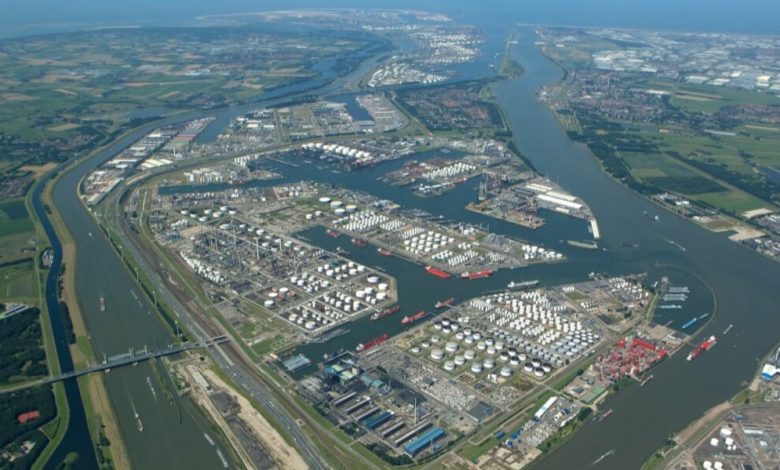Port call count highlights differing hub adherence among sectors

Different shipping sectors have mixed hub concentration levels, new data from Clarksons Research shows.
In terms of capacity, it is not surprising to see that the container space has one of the strongest hub adherences , with 61% of all boxship capacity calling at the world’s top 50 container ports based on H1 data. LNG is the only segment to beat this concentration with 69% of all LNG ship capacity calling at the top 50 LNG ports, with activity focused around specific trading countries. The figures for the top 50 car carrier (57%) and LPG (56%) ports were also high.
In the dry bulk and tanker space, where tramp shipping dominates, ship calls are far more divergent across the world – a potential problem in shipping’s green transition in terms of access to alternative fuels. The top 50 bulker ports accounted for 51% of the calls in the sector in capacity terms and the top 50 tanker ports for 46%.
According to Clarksons data, a total of 4,823 active ports received a port call in the first half of this year. The top 1,000 ports accounted for 92% of the total ship capacity.
Commenting on the data, Andy Lane, a shipping expert at Singapore-based CTI Consultancy, told Splash: “Containers are high because more than 30% of headhaul boxes go through at least one transhipment. Other than car carriers, the other sectors have very little if any transhipment, pure origin to destination. LNG is quite niche, hence why it has the highest concentration.”

